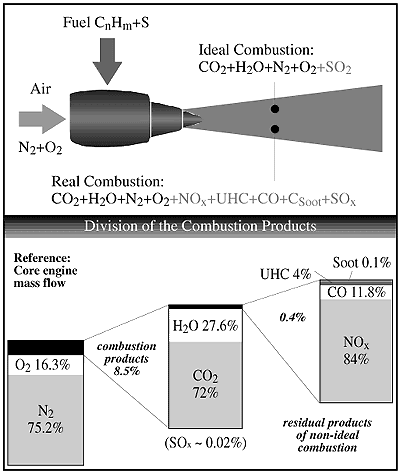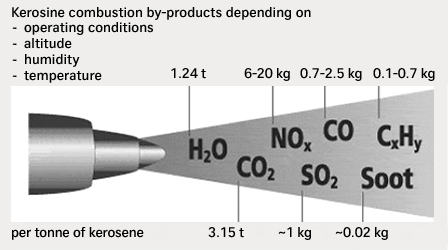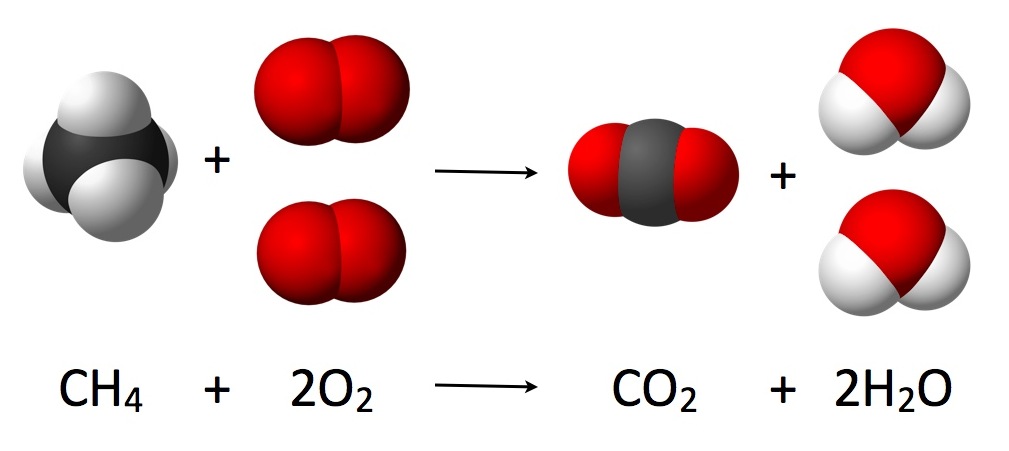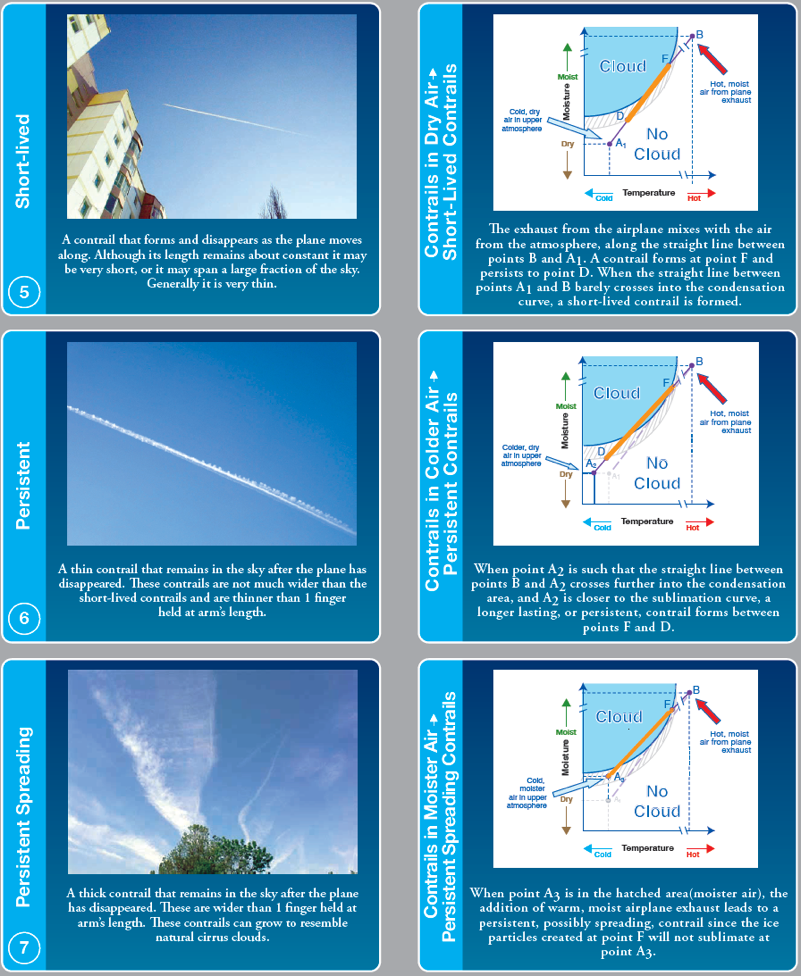You keep saying contrails are caused by freezing water in airplane exhaust...
Since when did airplanes start using water for fuel? So even without additional geoengineering salts being sprayed behind a plane, what comes out the exhaust is definitely full of chemicals, not water.
Not too long ago they even put lead in jet fuel to make it burn at a higher temperature. So how do you really believe it is just harmless water, and not a chemical cocktail coating our sky? I would love to get my hands on a water powered car or airplane if you know how to make that happen!
Lead is not used in jet fuel, it has been used in Avgas (aviation fuel) which is used in small piston drive propeller planes. They do not fly at the same altitudes as jet airliners, which are the aircraft that are allegedly spraying deadly chemicals into the skies. Small prop planes also do not leave contrails in the skies, the ones that chemtrail believers allege to be deadly chemicals including aluminum, barium and strontium, or even blood pathogens and mind control drugs, depending on what chemmie you talk to. Their story changes quite frequently.
That has been debunked quite frequently on this site since any sort of metal introduced to a jet engine would have catastrophic results. Whatever particles did not get trapped in the multiple filters in the fuel system and engines would get melted in the extremely hot temperatures of the combustion chamber and turbine sections, and destroy the engine in no time.

Barium is used in diesel fuel as a smoke suppressant, so if barium is so deadly, we should see people getting sick all over the country from sitting behind an idling Mack truck in traffic. I don't see the chemtrail community protesting at truck stops.
Engines contrails as discussed before are created from the
exhausts of engines. They form in cold air at altitude, as water vapor from the exhaust forms into water droplets, contacts the extremely cold air at say 39,000 feet,(-45C or colder) and freezes into ice crystals. These millions of tiny water droplets and/or ice crystals form the contrails. The time taken for the vapor to cool enough to condense accounts for the contrail forming some way behind the aircraft's engines. If the air is already saturated, the ice crystals cannot sublimate, or melt, and the contrail will persist.
Here is my KC-10 with three contrails coming from the three engines, forming some distance behind the exhausts


Aerodynamic contrails will form off the leading edge of the wings in warm moist air, and wingtip vortices will form off the wingtips and edges of the flaps in the same conditions.

So yes, in answer to your question..it is water vapor. It has not been proven to be anything else.




